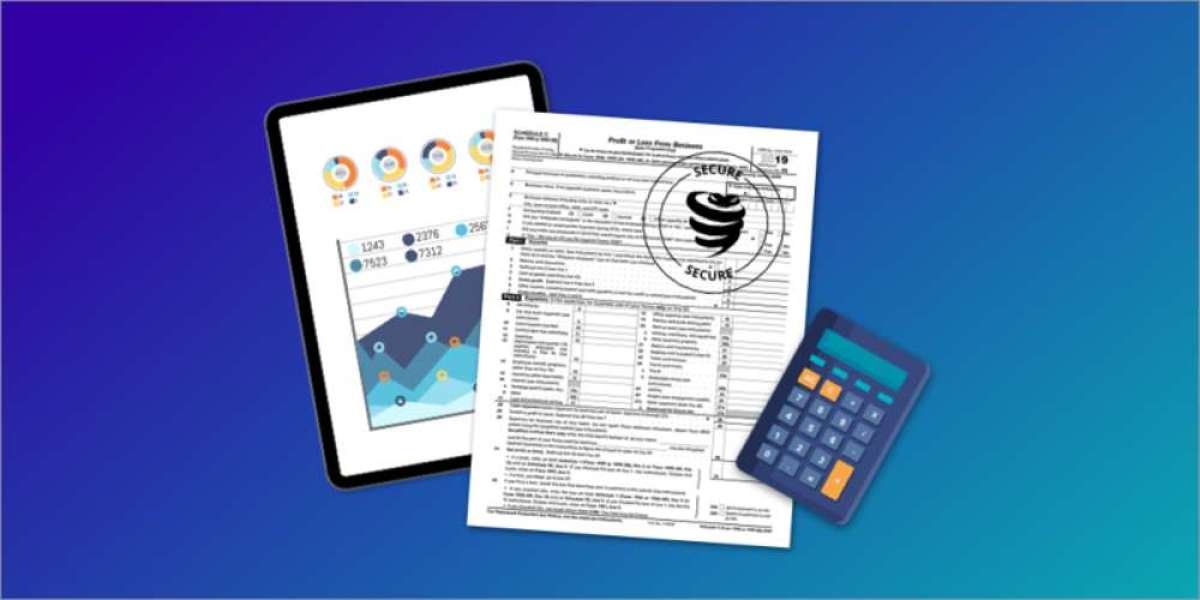Passing your UK driving test isn’t just about mastering clutch control or parallel parking—it’s about staying calm under pressure and handling any road confidently. Yet, one factor often overlooked is the test app routes themselves. Familiarity with common layouts, hazards, and transitions allows you to stay relaxed and respond instinctively. Let’s break down practical, step-by-step tricks that help you master routes efficiently and drive into your test with total confidence.
Why Understanding Test Routes Matters
The UK’s driving test isn’t a mystery—it’s a designed challenge built to reflect real-world road situations. Each test route is chosen to assess your ability to handle varying environments: residential zones, dual carriageways, roundabouts, and busy junctions.
Familiarity with test routes allows you to anticipate tricky sections—like blind bends or tight parking areas—and mentally prepare. This preparation doesn’t just boost your technical skills; it strengthens your confidence, helping you remain calm and decisive throughout the drive.
When you’ve practised potential routes and know how they flow, your mind is free to focus on control, mirrors, and awareness—the core skills examiners value most.
Step 1 – Analyse the Route Layouts Strategically
Your first step is understanding the pattern behind the test pratice routes, not just driving them randomly.
Start by reviewing map data or previous DVSA route layouts available through reliable online tools. Many learners now use digital resources to download driving test routes, giving them a visual guide to areas they’ll likely encounter.
Focus on identifying patterns rather than memorising turns. Notice elements that tend to repeat:
- Roundabouts placed soon after a junction
- Areas with quick speed-limit changes
- Roads with multiple pedestrian crossings
Once you recognise these recurring features, create a mental framework. For instance, when approaching a mini-roundabout in a residential area, you’ll already know to adjust your speed, position your car early, and check mirrors twice.
Analysing route structure saves time. Instead of being surprised by every new challenge, you’ll start predicting them instinctively—building familiarity that supports calm, confident decisions.

Step 2 – Break the Route into Manageable Sections
Trying to conquer an entire test route in one go can feel overwhelming. Instead, divide it into smaller, focused segments.
Working in smaller parts helps you isolate weaknesses. Spend extra time on difficult sections—like complex junctions—until they feel effortless. Gradually piece the segments together into full-route drives.
This segmented approach trains your focus and builds endurance, preventing mental fatigue. It’s also an excellent way to evaluate improvement week by week. Over time, you’ll transition from “surviving” routes to handling them with complete command.
Step 3 – Use Simulated Practice Sessions
Once you’ve mapped the structure, it’s time to bring realism into your training. Simulated sessions recreate the pressure of actual testing, helping you build composure and timing.
You can simulate a route in two ways:
- Instructor-led Simulation: Have your instructor mimic test conditions—minimal guidance, timed runs, and formal commentary.
- Digital Simulation: Use navigation tools or recorded drives to replay routes and plan your responses.
During these sessions, focus on smooth coordination: gear transitions, observation sequences, and hazard response. Using tools that map test learning routes digitally helps reinforce memory visually and practically.
Treat each simulation as if it were the real exam. The goal is consistency—managing your nerves and executing tasks naturally. The more you rehearse, the easier it becomes to think clearly under exam pressure.
Step 4 – Learn to Read Road Cues, Not Just Routes
Even the best-prepared drivers can’t predict every examiner’s choice. What separates strong candidates from the rest is adaptability.
Every UK test centre has several possible route variations, but they all share one core principle: road cues dictate the flow. When you train your eyes to read these cues, you can respond appropriately anywhere, even if the route changes.
Watch for:
- Warning signs before sharp bends or hidden junctions
- Speed-limit transition signs that appear after major turns
- Pedestrian crossings near schools and bus stops
- Arrow markings showing lane splits before roundabouts
Understanding these signals means you’re no longer dependent on route memorisation—you’re driving with awareness. Examiners notice this adaptability. When you demonstrate anticipation rather than reaction, you project confidence and control—qualities that earn high marks.
Step 5 – Track Progress and Identify Weak Points
Every professional driver improves through review and refinement. The same applies to learners.
After each session, record what went well and where you struggled. Keep a short driving log that includes:
- Areas where you hesitated or missed signals
- Manoeuvres that required multiple attempts
- Sections that made you feel anxious
Review your notes weekly with your instructor. Use these insights to plan targeted sessions. If one route consistently exposes weaknesses, repeat it until those issues disappear.
This habit of tracking builds self-awareness—a crucial trait for any driver. Pair your notes with visual data from when you download driving test routes, allowing you to match performance with location context. It’s an efficient way to pinpoint patterns and progress faster.
Step 6 – Combine Mental Rehearsal and Real Practice
Practice isn’t always about being behind the wheel. Mental rehearsal is an underrated tool that enhances muscle memory and confidence.
Before each lesson, spend five minutes visualising yourself driving through difficult sections calmly and accurately. Picture checking mirrors, handling roundabouts, or performing manoeuvres with control.
This technique sharpens your reaction time and conditions your brain to follow correct driving habits automatically. When combined with real driving practice, mental rehearsal accelerates mastery.
Even professional athletes rely on visualisation to boost performance—drivers can benefit the same way.

Step 7 – Build Test-Day Composure
By now, your technique is solid, and your familiarity with routes is strong. The final step is managing test-day nerves.
Calmness isn’t accidental—it’s built through preparation and routine. Here are small but powerful steps to maintain composure:
- Sleep properly the night before. A tired mind reacts slowly.
- Eat light and stay hydrated. Avoid anything that spikes energy then drops it.
- Arrive early. Take a short walk around the test centre to acclimatise.
- Review simple affirmations. Remind yourself: you’ve trained for this.
Test success isn’t about flawlessness—it’s about consistency. If you make a small mistake, recover safely and keep going. Examiners focus on control and awareness, not perfection.
Conclusion
Mastering in UK driving test app routes doesn’t require endless repetition—it needs structured practice, pattern recognition, and calm execution. Each of the seven steps helps you progress systematically, turning uncertainty into confidence. With commitment and the right tools, progress happens faster than expected. Platforms like Test Routes make it simple to practise effectively, understand key layouts, and approach your test day with assurance. Consistent effort, combined with intelligent preparation, ensures you don’t just pass—but drive away with lifelong skill and confidence.



